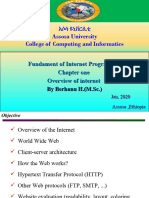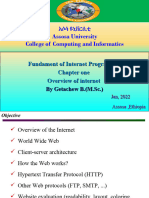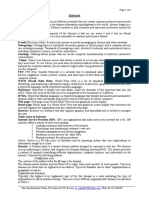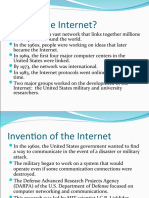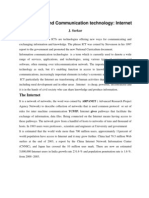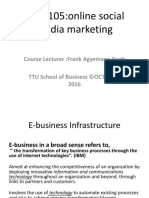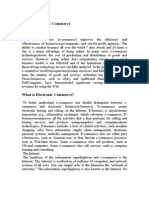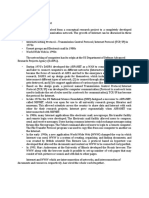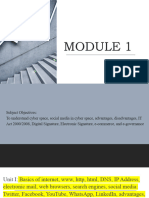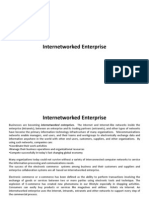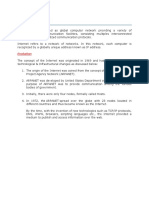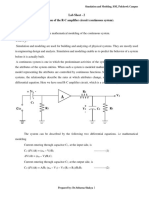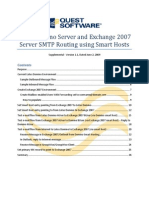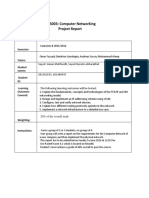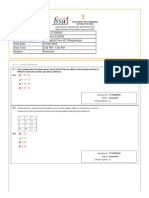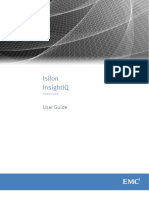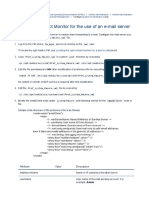0% found this document useful (0 votes)
47 views31 pagesUnit 1 Introduction To Internet and Intranet
The document provides information about internet and intranet including their definitions, applications, history and types of connections. It also discusses internet protocols, internet service providers, internet domain names and how the internet works.
Uploaded by
Amrit SapkotaCopyright
© © All Rights Reserved
We take content rights seriously. If you suspect this is your content, claim it here.
Available Formats
Download as PPTX, PDF, TXT or read online on Scribd
0% found this document useful (0 votes)
47 views31 pagesUnit 1 Introduction To Internet and Intranet
The document provides information about internet and intranet including their definitions, applications, history and types of connections. It also discusses internet protocols, internet service providers, internet domain names and how the internet works.
Uploaded by
Amrit SapkotaCopyright
© © All Rights Reserved
We take content rights seriously. If you suspect this is your content, claim it here.
Available Formats
Download as PPTX, PDF, TXT or read online on Scribd
/ 31



